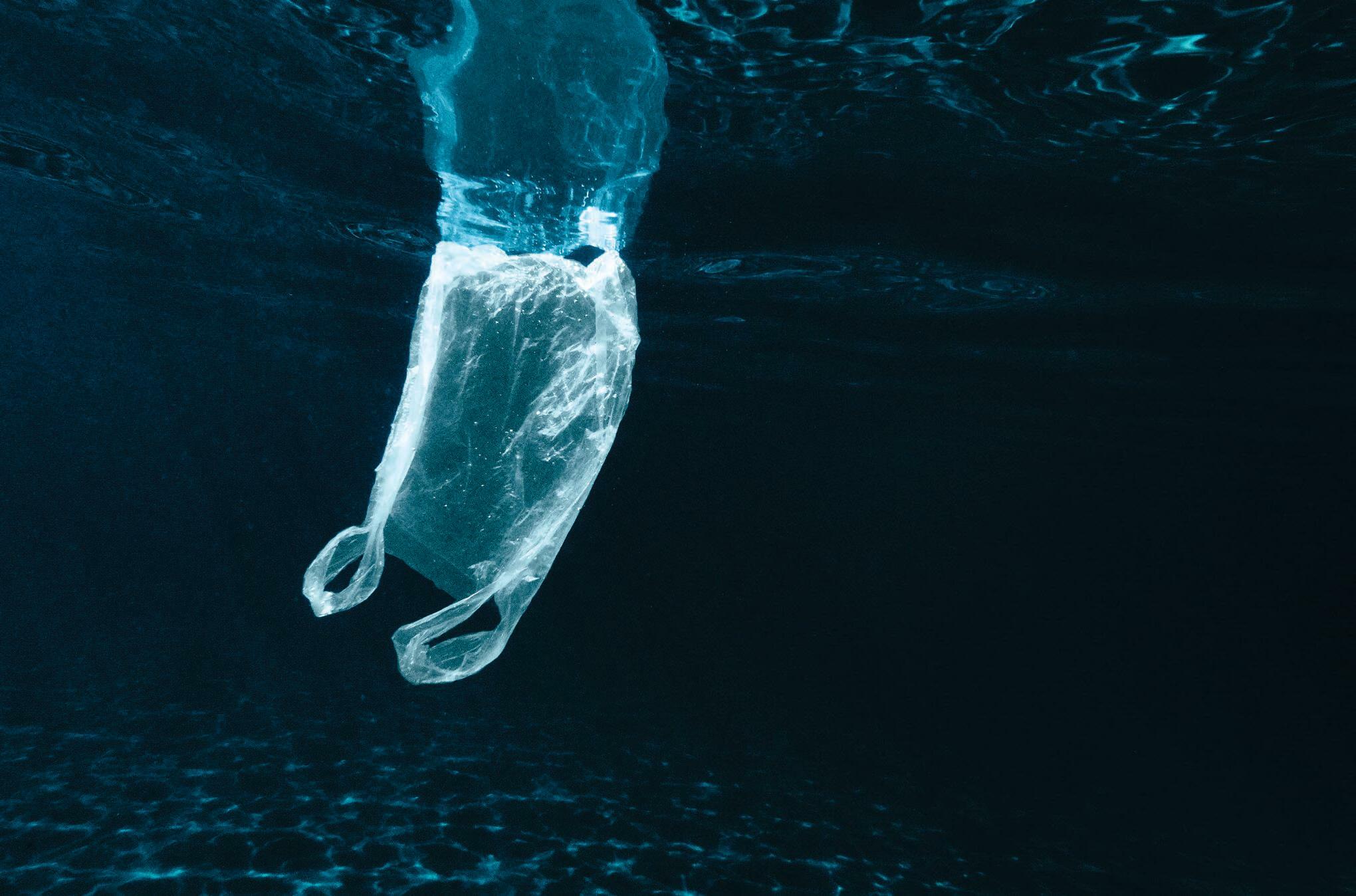कोशिश गोल्ड - मुक्त
THE PIVOT TO PLASTIC
Scientific American
|December 2025
To keep profits rolling in, oil and gas companies want to turn fossil fuels into a mounting pile of packaging and other products

IN 2018, AT A DUBAI RESORT next to the blue-green waters of the Persian Gulf, Amin Nasser, CEO of Saudi Aramco, stood before an audience of hundreds of petrochemical executives to set out his vision for the future of the world's largest oil company. The goals he described weren't primarily about energy. Instead he announced plans to pour $100 billion into expanding production of plastic and other petrochemicals.
Nasser predicted that with a growing global population wielding more purchasing power every year, petrochemicals—compounds derived from petroleum and other fossil fuels and of which plastics and their ingredients constitute as much as 80 percent—would drive nearly half of oil-demand growth by mid-century. About 98 percent of virgin plastics are made from fossil fuels. In sectors that include packaging, cars and construction, he said, “the tremendous growth in chemicals demand provides us with a fantastic window of opportunity.”
In the years since Nasser’s 2018 speech, Saudi Aramco, owned mainly by the government of Saudi Arabia, has acquired a majority stake in the country’s petrochemical conglomerate SABIC. Together the companies have bought into huge Chinese plastic projects and built petrochemical plants from South Korea to the Texas coast. Aramco aims to turn more than a third of its crude into petrochemicals by the 2030s—a near tripling in 15 years.
यह कहानी Scientific American के December 2025 संस्करण से ली गई है।
हजारों चुनिंदा प्रीमियम कहानियों और 10,000 से अधिक पत्रिकाओं और समाचार पत्रों तक पहुंचने के लिए मैगज़्टर गोल्ड की सदस्यता लें।
क्या आप पहले से ही ग्राहक हैं? साइन इन करें
Scientific American से और कहानियाँ
Scientific American
Will We Run Out of Rare Earth Elements?
These valuable but difficult-to-extract metals are increasingly important to modern life
1 mins
December 2025

Scientific American
Copyright Laws Can Stop Deepfakes
The U.S. should give its residents rights to their own face and voice
4 mins
December 2025

Scientific American
50, 100 & 150 Years
“The list of first-aid procedures that the medical profession encourages laypeople to undertake is short because of concern that tactics applied in ignorance may do more harm than good.
3 mins
December 2025

Scientific American
Dramatic Atmosphere
Exoplanet TOI-561 b has air where none should persist
2 mins
December 2025

Scientific American
The Mother of Depressions
Postpartum depression is a leading cause of death among new mothers. A new type of drug offers better, faster treatment
16 mins
December 2025

Scientific American
Going Rogue
A massive study may improve the prediction of dangerous rogue waves
3 mins
December 2025

Scientific American
Phages Caught Sleeping
Bacteria use hibernating viruses to immunize themselves
2 mins
December 2025
Scientific American
THE COVERT HERBARIUM OF CRYPTOGAMIC BOTANY
A century ago a father and a son labored to replicate the intricate structure of nearly eight hundred species of plants in four thousand delicate models.
1 min
December 2025

Scientific American
Are AI Chatbots Healthy for Teens?
Kids crave approval from their peers. Chatbots offer an alternative to real-life relationships, but they can come at a price
5 mins
December 2025

Scientific American
The Myth of the Designer Baby
Parents beware of any genomics firm saying it can help them with “genetic optimization” of their embryos
5 mins
December 2025
Listen
Translate
Change font size

